World Most Splendid Stained Glass Windows in the World
Flawlessly created and easily ethereal, recolored glass windows have been predominant in spots of love for quite a long time. In spite of the fact that regularly connected with Gothic houses of God, the brilliant sheets can be found in a wide cluster of religious destinations, from entrancing mosques to current places of worship.
Here, we take a voyage through the absolute most awesome popular recolored glass windows over the globe, from medieval perfect works of art to contemporary manifestations. While the amazing pieces definitely extend in scale and style, every one has the capacity to change a natural site into an extraordinary kaleidoscope of hues.
World Most Splendid Stained Glass Windows in the World
World Most Splendid Stained Glass Windows in the World
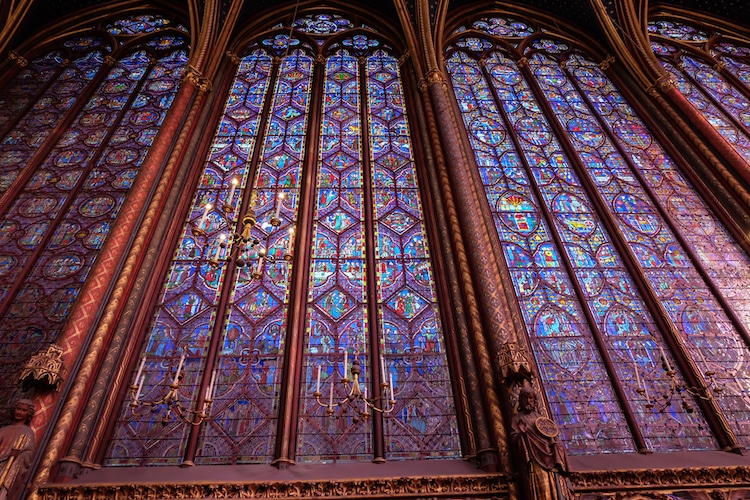
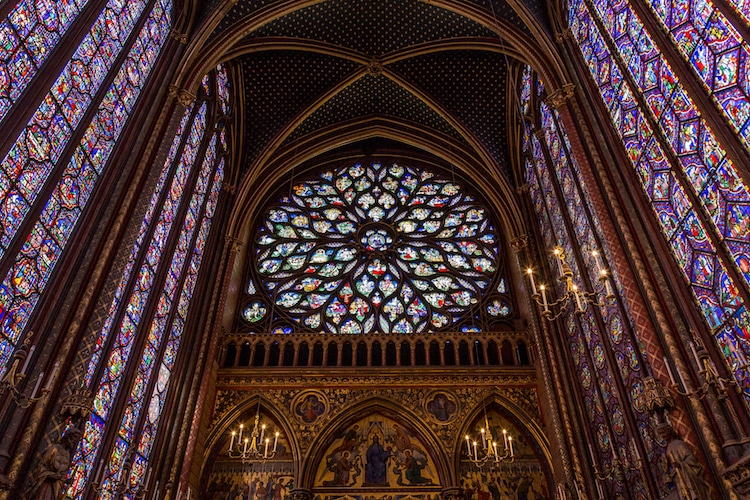
All through the late fifteenth and mid sixteenth centuries, a excellent Gothic house of prayer was raised in the University of Cambridge's King's College. Notwithstanding hypnotizing fan vaulting and a work of art by Baroque ace Peter Paul Rubens, King's College Chapel is celebrated for its fortune trove of story windows. The iconography included in the awesome sheets joins both religious and imperial themes and represents the masterful progressions of England's late Gothic period.
World Most Splendid Stained Glass Windows in the World
World Most Splendid Stained Glass Windows in the World
World Most Splendid Stained Glass Windows in the World
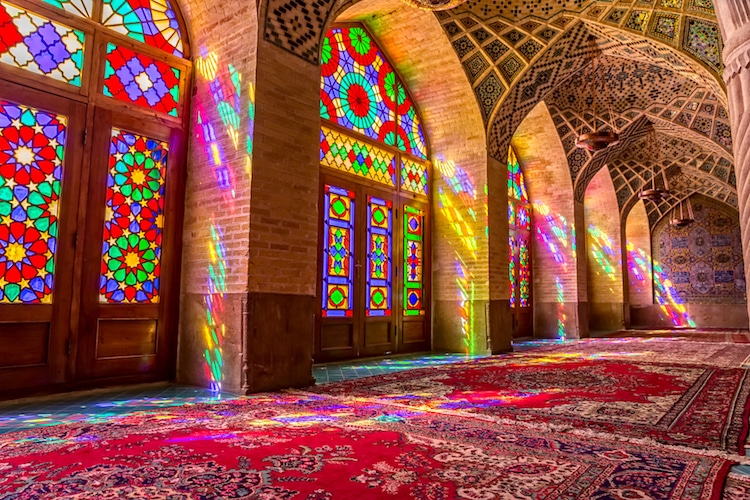
Here, we take a voyage through the absolute most awesome popular recolored glass windows over the globe, from medieval perfect works of art to contemporary manifestations. While the amazing pieces definitely extend in scale and style, every one has the capacity to change a natural site into an extraordinary kaleidoscope of hues.
World Most Splendid Stained Glass Windows in the World
Sainte-Chapelle
Depicted as the "gem of the Rayonnant Gothic period," Paris' shocking Sainte-Chapelle was worked in the thirteenth century by King Louis IX. At first expected to house valuable relics, Sainte-Chapelle is especially prestigious for its gathering of 15 windows. Estimating about 50 feet in tallness, each stupendous window delineates a shining translation of a scriptural scene rendered in jewel like tones and amazing point of interest. Notwithstanding these vertical perfect works of art, the medieval house of prayer is additionally celebrated for the rich tracery and vivid shades of its rose window.World Most Splendid Stained Glass Windows in the World

Interiors of the Sainte-Chapelle (Photo: wjarek via Shutterstock Royalty-free stock photo)
World Most Splendid Stained Glass Windows in the World
World Most Splendid Stained Glass Windows in the World

The Sainte Chapelle Holy Chapel in Paris, France (Photo: Gilmanshin via Shutterstock Royalty-free stock photo)
World Most Splendid Stained Glass Windows in the World
World Most Splendid Stained Glass Windows in the World
Nasir al-Mulk Mosque
The Nasir al-Mulk Mosque, a nineteenth century place of love in Shiraz, Iran, is an amazing case of Islamic design. Highlighting a façade enlivened with a column of elaborate recolored glass windows, the "Pink Mosque" offers admirers a sunlit display each day at sunrise: as the morning light radiates through the sheets, it enlightens the inside's rose-hued tiles and designed Persian cover with a charming exhibit of distinctive hues.World Most Splendid Stained Glass Windows in the World

The Pink Mosque (Photo: OPIS Zagreb via https://www.shutterstock.com/image-photo/shiraz-iran-may-2-2015-atmosphere-317045063 Royalty-free stock photo)
World Most Splendid Stained Glass Windows in the World
World Most Splendid Stained Glass Windows in the World
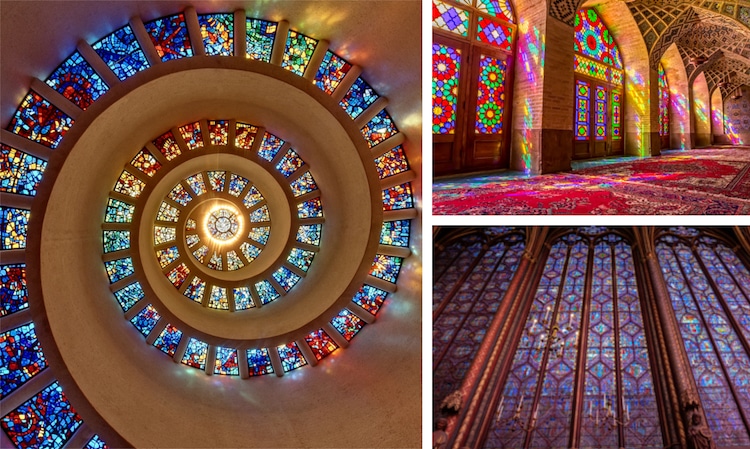
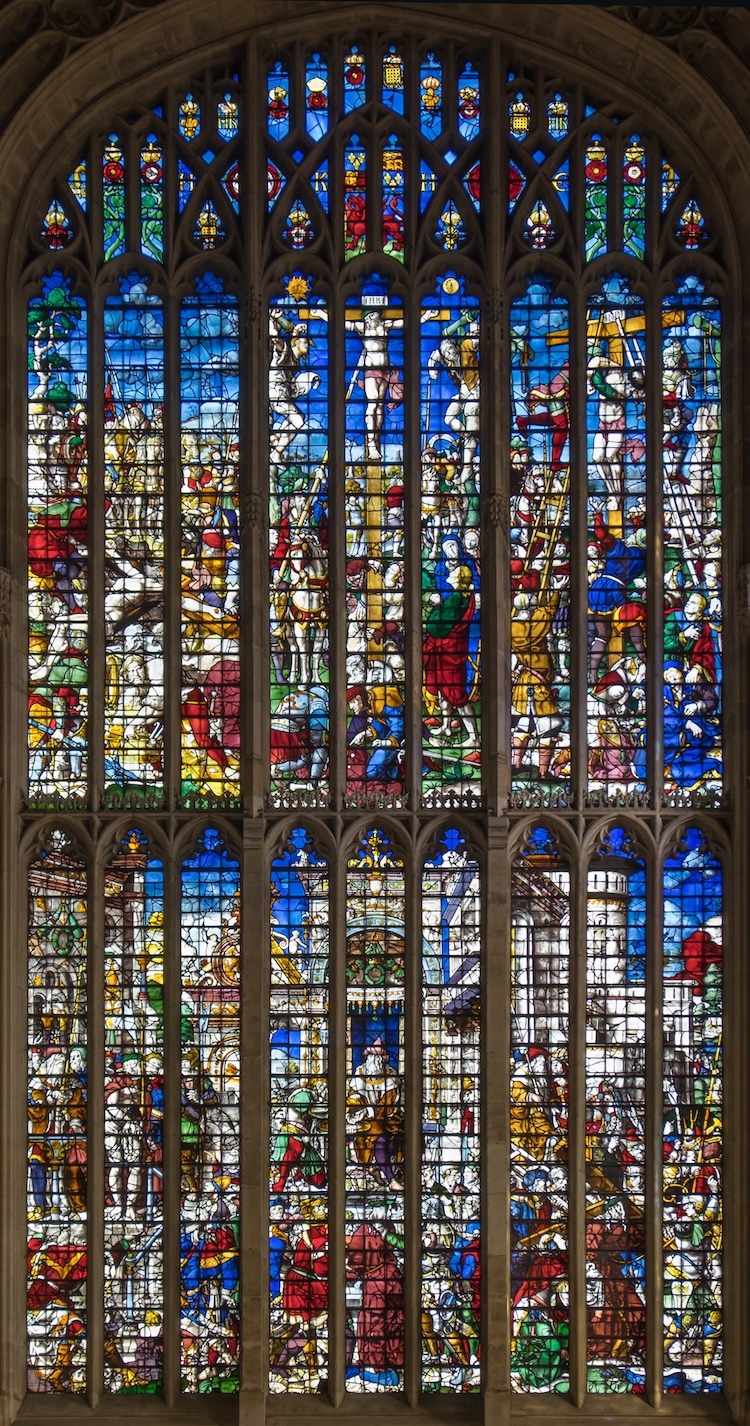
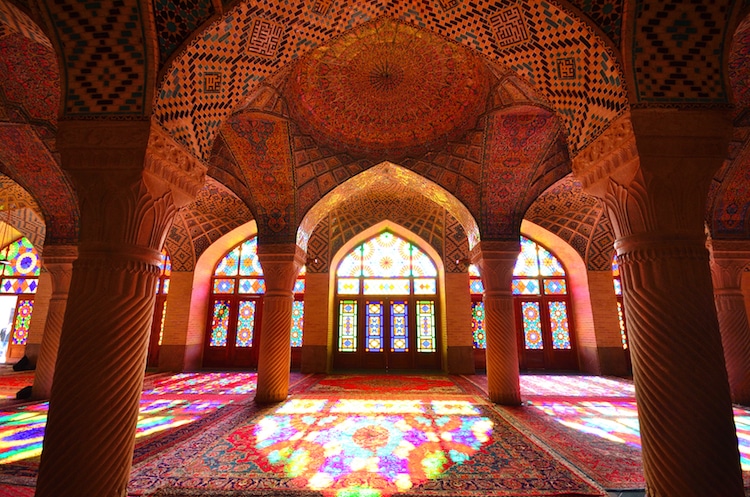
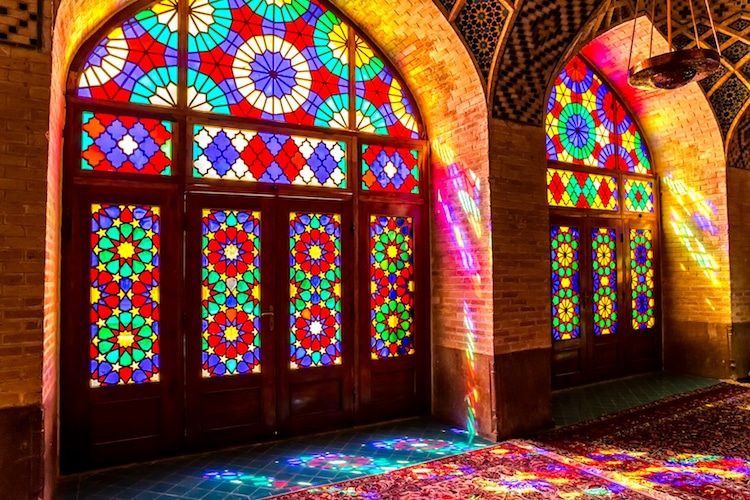

No comments:
Post a Comment
Note: only a member of this blog may post a comment.